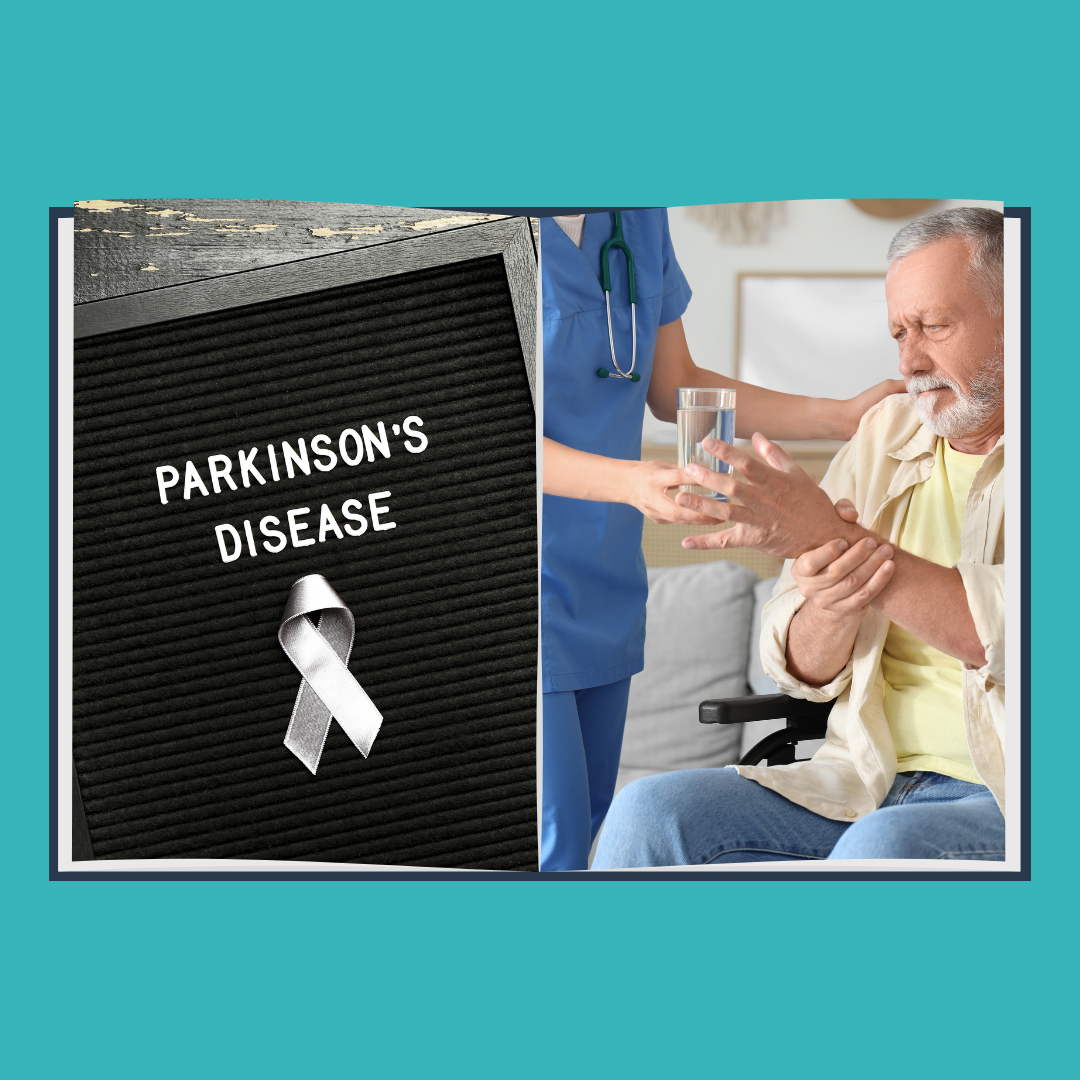New Paragraph
September 1, 2025
Understanding Pneumonia in Seniors: Risks, Symptoms, and Prevention
Pneumonia is a serious lung infection that affects millions of people worldwide, but seniors face the highest risk of severe illness. With weaker immune systems, chronic illnesses, and slower recovery rates, pneumonia can quickly turn life-threatening for older adults. Families and caregivers must understand the risks, warning signs, and preventive measures to protect their loved ones.
What is Pneumonia?
Pneumonia inflames the air sacs in the lungs, filling them with fluid or pus. This impairs oxygen intake, making breathing painful and difficult. It can be caused by bacteria, viruses (including influenza and COVID-19), or fungi.
Why Seniors Are at Higher Risk:
- Natural decline in immune strength with age
- Chronic illnesses like COPD, diabetes, or heart disease
- Limited lung capacity and weaker respiratory muscles
- Higher chance of aspiration (food or drink entering the lungs)
- Greater exposure in hospital or nursing home settings
Key Symptoms in Seniors:
- Cough (with mucus or phlegm)
- Shortness of breath or rapid breathing
- Chest pain while breathing or coughing
- Fever and chills (sometimes absent in frail seniors)
- Sudden confusion or delirium
- Extreme fatigue and weakness
Complications in Older Adults:
- Sepsis (infection spreads to the bloodstream)
- Respiratory failure
- Exacerbation of existing heart or lung conditions
- Extended recovery time
Prevention and Care Strategies:
- Vaccinations – Pneumococcal and annual flu shots are highly recommended.
- Healthy Living – A nutritious diet, exercise, and hydration strengthen the immune system.
- Good Hygiene – Frequent handwashing and avoiding contact with sick individuals.
- In-Home Care Monitoring – Caregivers can watch for early symptoms and assist with treatment adherence.
Pneumonia is dangerous for seniors but preventable with awareness and timely action. Families who stay informed and proactive can help their loved ones live longer, healthier lives.

Parkinson’s Disease in Seniors: How In-Home Care Enhances Mobility, Safety, and Emotional Well-Being
Explore how Parkinson’s disease impacts seniors and how in-home care improves mobility, safety, emotional well-being, and daily independence. A must-read guide for families supporting aging loved ones with Parkinson’s.








